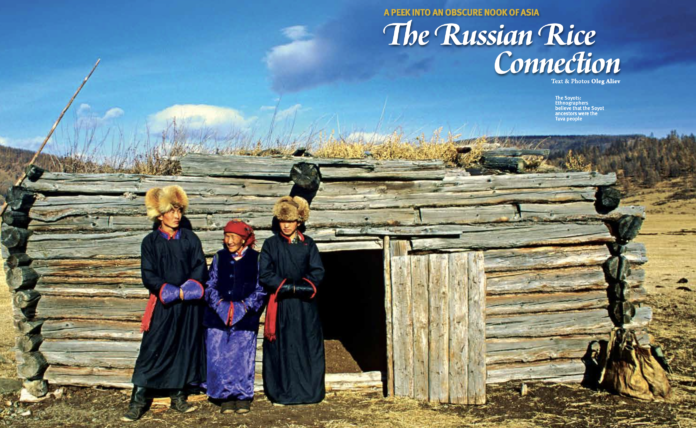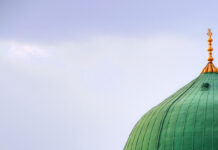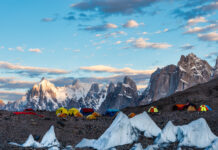According to an old legend of the Soyot people, a vicious person can never find the way into the valley of the Ok-hem River: Bad weather or misfortune will stop him. There are mountains all round the valley. This area of the Sayan Highland, situated to the west of Buryatia and sharing its borders with Tuva and Mongolia, is considered to be one of the most traversed and sparsely populated areas of Siberia. In the 19th century, Buddhist pilgrims coming back from the Himalayas gave the name “Lesser Tibet” to the Okinsky region, the local landscapes being very similar to the Tibetan Plateau.
The second day of the monotonous riding march along stony mountain paths was coming to an end when a large herd (about 100 heads) of big, horned, shaggy animals with long hair almost touching the ground came into view as we turned the bend. It became clear that we were close to our destination: Those were domestic yaks. You cannot find wild yaks anywhere, except on the Tibetan Plateau. There are only two places in Russia where you can see domesticated yaks: in the Altai and here, the Sayan Highland. More- over, the Soyot people are the only ones who rear yaks in the Okinskaya Valley; their neighbours, the Buryats, do not keep yaks.
The yak provides food and materials to make clothes. The pasturing of this animal is the main occupation for the Soyot men. Women manufacture skins and use them for making fur coats and waist-jackets. Leather is used for trousers and wool is used for knitting mittens. All year round, yaks pasture in mountain steppes, taking scanty food from under the snow in winter. Their thick fur allows them to survive easily in harsh climates.
Being welcomed guests, we were fortunate to be able to witness the rituals connected with yak killing. The whole procedure starts with fortune-telling, using a mutton shoulder blade that remained after the ritual feast. A shaman then decides on a suitable day for the killing. At the set time, men noose an animal with a special leather loop and a knife, killing it with a single stab to the heart. Then they take some blood and put it to their lips, asking spirits for forgiveness for the life taken away. The ritual takes place in late autumn – which coincided with our visit with the Soyots – when yaks are quite fat, and meat can be frozen and kept easily until spring. The Soyots make full use of the meat, eating almost every part of the carcass, including the fat, blood and intestines.

Apart from the meat of the yaks, the Soyot people are also dependent on rice. Under low heat, they stir the rice with a spoon until all the water boils down, and then salt, pepper and other spices are added. Russia has several good rice cultivation areas due to its cold climate. This chilly weather attracted the Mongols from China, who brought their rice to cultivate. The Soyots live along 15 kilometres of the Mongolian border, and shared the harvest of Mongolian rice cultivation. Today, they mostly use Russian rice, cultivated on the Krasnodar Territory, the most northern areas of the planet where rice is grown.
Rice came to the Russian Empire about 200 to 300 years ago. Round rice varieties were culivated – also known as short-grain rice or pearl rice – used for cooking porridge, soups and pilau (or pilaf). In the times of Peter the Great, seeds of “Turkish corn” (this was the name of an outlandish cereal consumed during this time) brought from Arabia were sown in the Tsar’s botanic garden near Astrakhan, in Russia’s southwestern corner.
However, the crops were outcompeted by other urgent state affairs. In 1786, the Kuban Cossacks came back from the Persian campaign with trophies including rice seeds. They sowed the seeds in flooded areas of the Kuban River and yielded a good crop of new cereal. They started enlarging rice fields, increasingly using artificial irrigation, thus improving the growing process. The efforts produced progressively more harvest year on year. That was how the Asian plant took root in the south of Russia.

In another part of Russia, the Primorsky Region, they only began to cultivate rice at the turn of the 20th century, after it was introduced by Korean emigrants.
Despite the fact that rice is not an indigenously Russian staple, the last few decades have seen rice hold a strong position amidst the Russian corn consumption pattern. Today, rice has become more popular than even buckwheat.
In recent times, Russia has exported almost as much rice as it has imported. Between 2011 and 2021, imports and exports each averaged around USD100 million annually. In 2011, about 60 percent of rice imported into Russia came from Thailand, Vietnam and Pakistan. In recent years, Indian rice has accounted for an increasing proportion of imports, with more than 65 percent coming from India in 2021. In that year, Kazakhstan and Pakistan accounted for almost 20 percent of Russian rice imports.
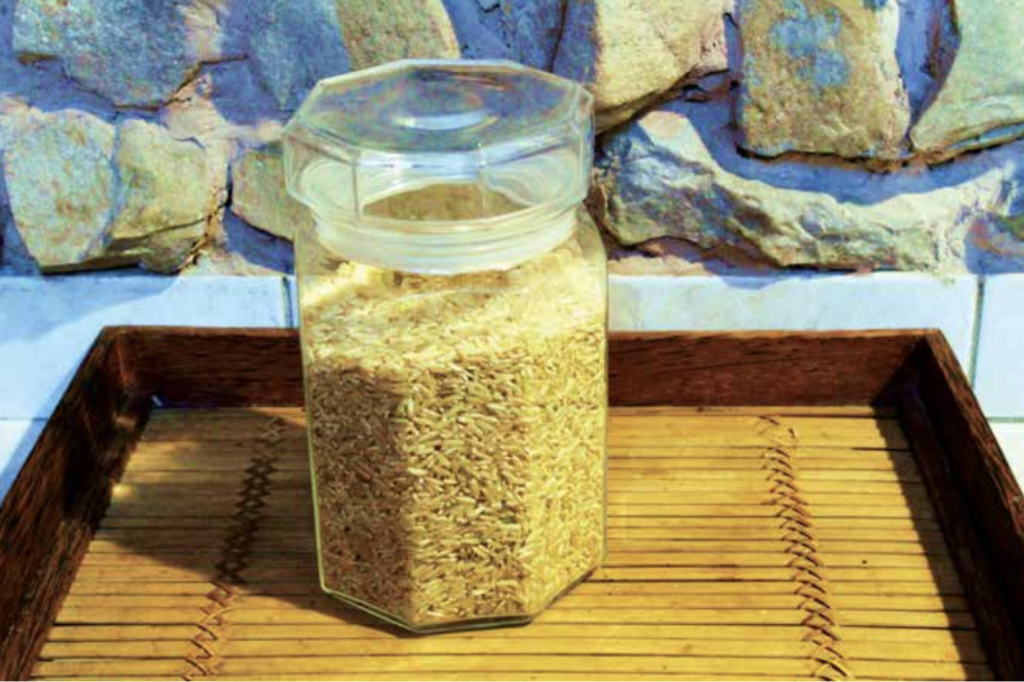
Until 2007, Russian rice exports were well under USD10 million annually. But imports tripled in 2008 to USD22 million, and had exceeded USD90 million by 2010. Over the last decade, the main markets for Russian rice have been Turkey, Mongolia, and former Soviet republics such as Kazakhstan, Turkmenistan, Azerbaijan, Belarus and Ukraine.
Buckwheat has traditionally been the most popular cereal in the diet of the Russian consumer. Buckwheat is a common staple food in Russia, featuring in porridge for breakfast and as a side dish for meat and fish at other mealtimes. But rice has now edged past buckwheat to become the most consumed cereal in Russia, accounting for 29 percent of cereal consumed, compared to 28 percent for buckwheat.
Russia’s war in Ukraine, which began in February 2022, has undermined Ukraine’s capacity to harvest and export crops, with significant disruption to international food prices, given that Ukraine, like Russia, is a key exporter of cereals and oilseeds. While there has been no major disruption to crop production in Russia, uncertainties remain over the country’s capacity to export.
In April 2022, an accident at the Fedorovsky hydroelectric complex, the facility supplying water to the rice paddies in the Krasnodar Territory, led to the gross rice harvest falling by 24 percent to 650,000 tonnes. In June, the Russian Cabinet banned the export of feed amino acids, rice and rice cereals until the end of the year, in an effort to ensure the country’s food security and maintain stable domestic prices. The ban has been extended till June 2023.
For now, Russian rice production continues, and the staple food of the Soyots is secure. But as the conflict in Ukraine rages on, how long this continues is anybody’s guess. « AG
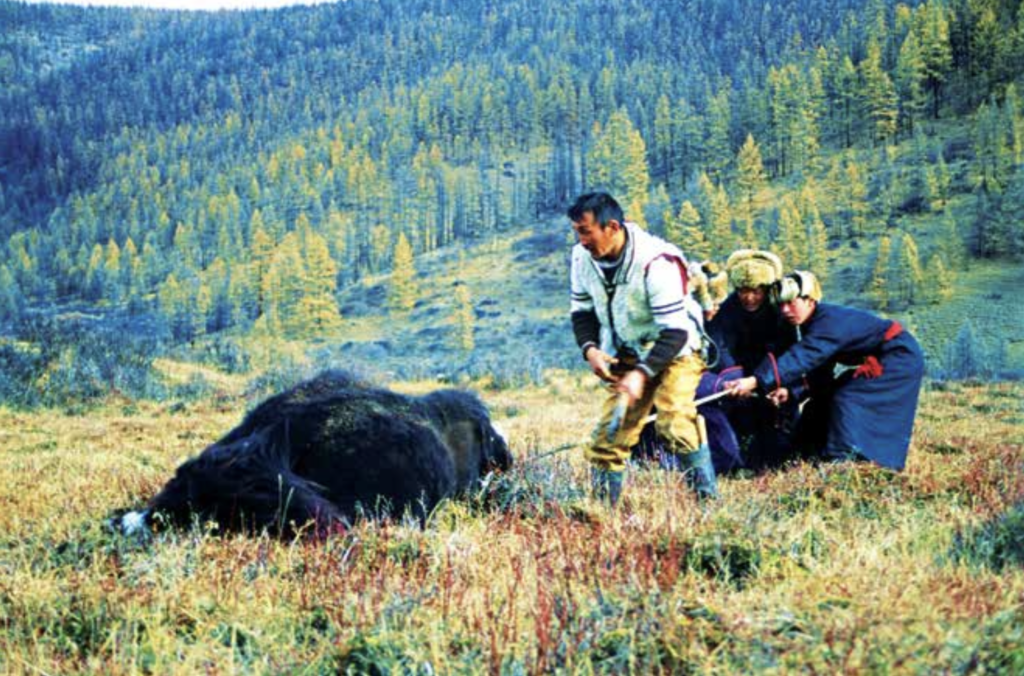
For more stories from this issue, get a copy of Asian Geographic No.158 or subscribe at https://shop.asiangeo.com


